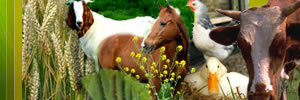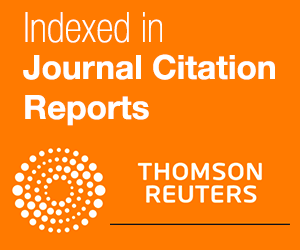FORECASTS ABOUT LIVESTOCK PRODUCTION IN PUNJAB-PAKISTAN: IMPLICATIONS FOR FOOD SECURITY AND CLIMATE CHANGE
H. Z. Mehmood1, H. Afzal2, A. Abbas2*, S. Hassan2 and A. Ali3
1Department of Agribusiness and Applied Economics, Muhammad Nawaz Sharif University of Agriculture, Multan
2Institute of Agricultural and Resource Economics, University of Agriculture, Faisalabad
3Institute of Agricultural Extension and Rural Development, University of Agriculture, Faisalabad
*Corresponding Author’s Email:Azhar.Abbas@uaf.edu.pk
ABSTRACT
This study is aimed at estimating the role of livestock sector in food security by considering the past trends and future forecasts in livestock population, situation of feed & fodder availability and potential adaptation/mitigation strategies in the epoch of climate change. In this regard, secondary data was collected from World Bank, FAO, Ministry of Finance Pakistan and Pakistan Bureau of Statistics and was analyzed using semi-log model, automatic ARIMA, and Lorenz curve methodology. The results of this study forecasted the increase in the population of cattle, buffalo, goat and camel in near future while forecast about population of sheep shows decrease in its population in coming years. Lorenz curve and Gini coefficient revealed relatively equal distribution in the number of cattle and buffalo among herds than that of sheep and goat. The total area under fodder production' and 'fodder productivity' have a declining trend. The linkages among livestock production index, GNI per capita and consumption expenditure elaborate that the livestock is playing a major role in food security of Pakistan and other neighboring countries (China, India and Bangladesh). Analyzing various adaptation and mitigation strategies in the context of Pakistan revealed that in the era of climate change and food insecurity, this sector could help by wisely adopting cost-effective adaptation/mitigation strategies like educating farmers about managing and altering feed production and consumption techniques. Therefore, maintaining a consistent policy to focus livestock economy on the wake of increasing food security concerns and climate change, a holistic approach is required to make decisions for the uplift of the rural economy in the country.
Key Words: Climate change; food security; livestock production; model forecasts; mitigation strategies |





